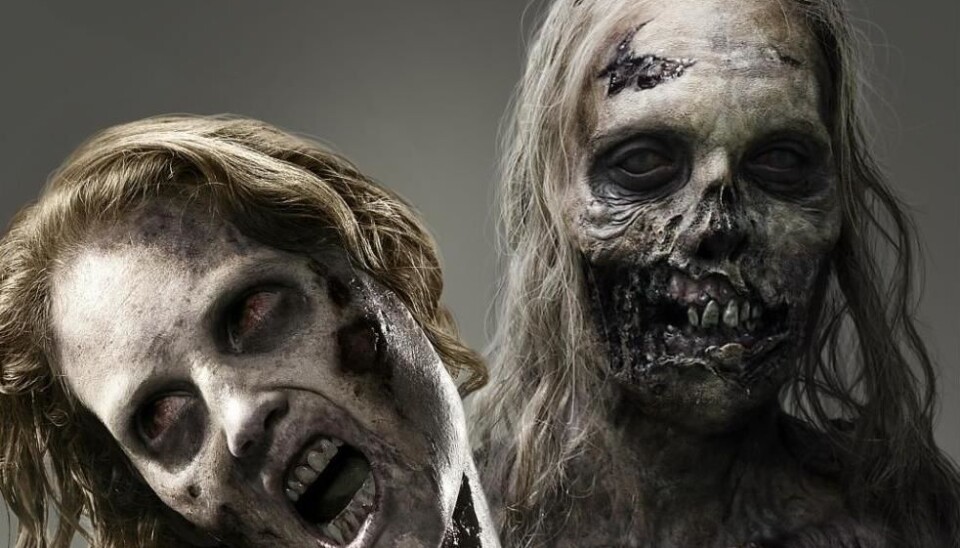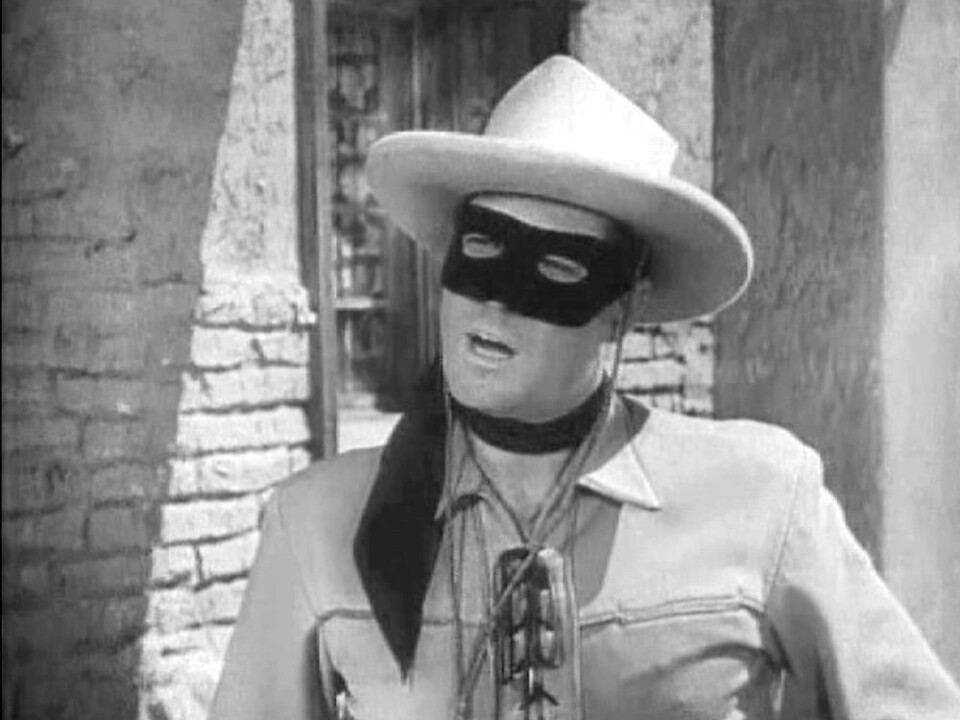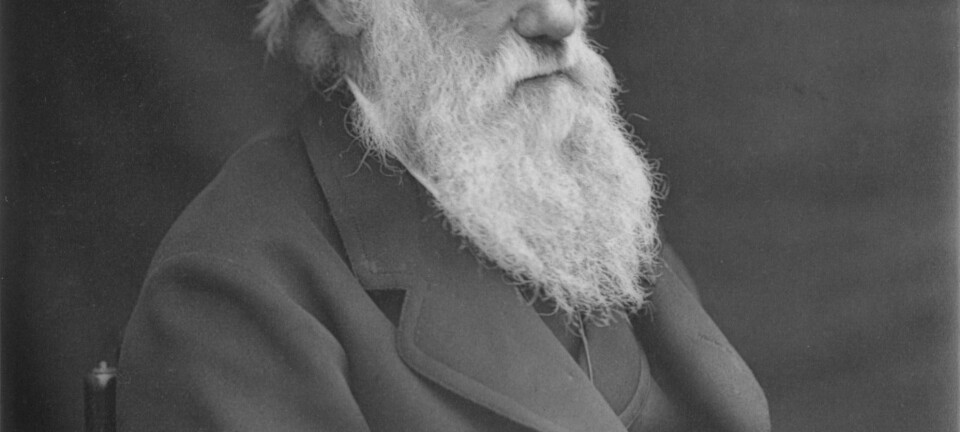
Why today's TV series are so great
The American market is bursting with high-quality TV series. This is the result of years of development that has made the series more narrowly focused.
Breaking Bad; Boardwalk Empire; Mad Men, Dexter; True Blood; Game of Thrones; Homeland; Modern Family.
The list of new quality TV series is long. Your local film & music store’s DVD department is undoubtedly stocked to the brim with a number of these TV series.
Over the past 30 years, TV series have undergone vast development, which is now culminating in a host of high-quality series. In fact, the quality of the popular TV series of the moment is so high that some say the TV series is experiencing a third golden age.
“This wave of high-quality niche series started as early as the 1980s, and then sporadically broke through with series like Twin Peaks and The West Wing. Now the tradition of quality has seriously caught on,” says Brian Petersen, a PhD student at the Department of Media, Cognition and Communication at the University of Copenhagen. He wrote his master’s thesis on TV series.
Lights, camera, quality

Today, the TV series that receive the most attention are intelligent niche productions that are aimed at relatively narrow target audience.
“Previously, the aim was to please all viewers equally. Now the aim is to please relatively few viewers a lot and keep them,” says Petersen.
He believes that part of the success of the TV series is closely connected to the technological development and increasingly fragmented landscape of American television. The selection of channels on offer has been widened, and more TV series are produced now than ever before.
According to a counting of TV series carried out by Petersen, in the 2008-09 season there were 172 TV series on American network channels and 90 on cable channels – a total of no less than 262 series.
On a par with movies

For years, TV series were considered inferior to film, but this has changed.
“With the arrival of the new millennium, TV series have made the transition back into high culture. In the 1940s and the first part of the 1950s, they were also considered high culture.
“When TV series came to be frowned upon as culturally inferior, it was largely owing to the heavily used standardised formats that caught on in the latter half of the 1950s and in later years. But now TV series have once again become commonly acknowledged as narrative art,” says Petersen.
“Respect for the production of TV series has definitely grown. I remember that when David Lynch made the TV series Twin Peaks, there were those who felt like he had become a sell out. But he was actually spot on; he was just a bit ahead of his time,” he says.
This wave of high-quality niche series started as early as the 1980s, and then sporadically broke through with series like Twin Peaks and The West Wing. Now the tradition of quality has seriously caught on.
Today the big boys of the movie business make TV series without anyone raising an eyebrow – Martin Scorsese, Steven Spielberg and the Coen-brothers, to name but a few. And film stars such as Sigourney Weaver, Kate Winslet and Kevin Spacey are also vying for a part. Even author Salman Rushdie is working on a script for TV series.
“TV series are riding on a great wave of success right now. It will be interesting to see how long it will last,” says Petersen.
Final episode of M*A*S*H: 121.6 million viewers
What all the new critically acclaimed TV series have in common is a limited viewership. The TV series that had the most viewers for a single episode was M*A*S*H. An impressive 121.6 million viewers sat down to watch the final episode of the series in 1983.
In comparison, The Sopranos ‘only’ had 11.9 million viewers, while an episode of Mad Men has an average of around three million viewers.
Previously, the aim was to please all viewers equally. Now the aim is to please relatively few viewers a lot and keep them.
Ratings for the American cable series that receive the most hype are around two to three million on the domestic market. That may not sound like a lot, but a limited viewership doesn’t equal low quality.
“Quite the contrary,” says Petersen.
“Cable channels have found a business model that ensures that they don’t need ratings to skyrocket for the financial side of things to work. They aren’t any less commercial than the networks. They don’t worry about selling commercial slots; they worry about having a sufficiently high number of subscribers.
“They obtain that by being represented in the cable packages. The more positive coverage a cable series receives, the higher the probability that the channel gets to stay in the TV packages,“ he says.
“In terms of ratings, Mad Men wasn’t a success. But then the series has become something of a brand for AMC, the channel that airs it.”
Cable channels hold the power
Petersen explains that the cable channels have the lead at the moment, while the network channels play second fiddle. It’s the cable channels that define the style and the narrative technique, and they are the ones that create the most talked about series of the moment, which will then typically be inexpertly copied by the network channels.
This has been the pattern since the cable channel HBO in 1997 launched a new agenda by producing a number of series themselves, airing popular series such as Sex and The City, OZ, Six Feet Under and The Sopranos.
“The network channels have to adhere to a large set of rules and guidelines. They’re not allowed to show violence or nudity, or use expletives, so they have some limitations compared to the cable channels, which are free to do almost anything because consumers have actively chosen to subscribe to the channels,” he says.
“Because the cable channels hog a large proportion of the most attractive viewers from the network channels, namely the quality-conscious 18-49-year-olds with a willingness to spend, the channels are forced to compete for the viewers’ attention. Happily, channels compete in terms of quality.”
The first golden age of television series is thought to be the years between 1940 and 1960. The second golden age took place in the 1990s with series such as Hill Street Blues, Moonlighting, NYPD Blue and Homicide: Life on the Street.
According to Petersen, the 1970s are often highlighted as an all time low in the history of the TV series, but as he says, “there are always examples of something good.”
Many of Brian Petersen’s and other film- and media experts’ points of view on new TV series can be found in the latest book edition of the film journal Kosmorama (in Danish only).
Translated by: Iben Gøtzsche Thiele






